In the 19th Century, railroad travel could be a traumatic experience. Traveling on combustible wooden coaches heated by stoves and lit by oil lamps at speeds approaching 60 mph, riding on small steel rails and crossing open countryside and precarious bridges, was popular yet held the possibility of being quite dangerous.
Famed psychologist Sigmund Freud held a strong fear of rail travel. Most people owe this to an incident in 1887 when, on a trip through Breslau in Germany, he saw blazing gas jets which reminded him of “souls burning in Hell”[1], while others attribute it to his anxiety of missing the train[2] or a traumatic experience as a child seeing his mother naked on a train[3] (giving his fear a certain sexual overtone that is just too perfectly Freudian). But for other people, the fear stemmed from very real events… and even became fodder for ghost stories.
On June 9, 1865, author Charles Dickens was traveling by train through Kent, England, when fate brought him into one of the best-known railroad disasters in British history. At 3:13 pm, as the train crossed Beult Viaduct, a missing section of track carelessly forgotten by repair workers cause the train to derail. Coaches tumbled into the muddy waters below. Miraculously, the coach in which Charles Dickens was riding dangled precariously over the edge of the bridge held to the brake van by its coupler. At great personal risk, Dickens left his coach to tend to the injured passengers in the other five coaches which had been damaged severely. Several passengers died in front of him.[4]
ADVERTISEMENT
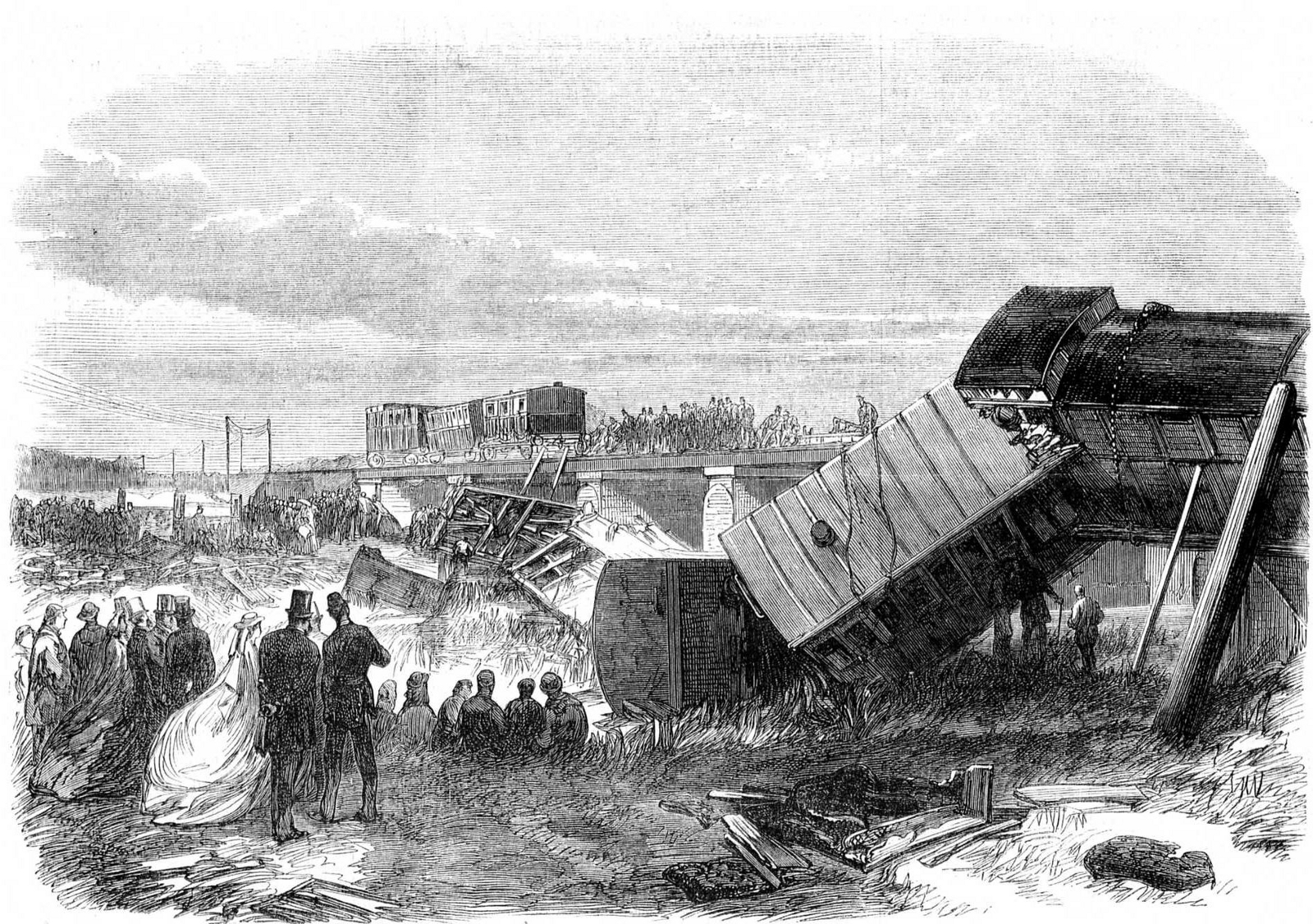
A newspaper engraving depicting the tragedy near Staplehurst. Dickens’ coach can be seen on the right.
There was something about this tragedy that made Dickens dream up a good railroad ghost story. While Dickens was a strong opponent of Spiritualism, he was keenly interested in the paranormal. In fact, he was one of the early members of The Ghost Club, arguably the first ghost-hunting organization ever created in England in 1862.
Overshadowed by A Christmas Carol, Dickens’ 1866 short story The Signal Man is a tale of a ghostly apparition witnessed by a signalman near a tunnel who becomes so terrified by the routine visits of a ghost that he becomes convinced there is an impending disaster which will occur at the tunnel. The apparition, it turns out, is a premonitory vision of the signal man himself trying to avert a wreck. While the Staplehurst accident spurred Dickens on to write this story, it was inspired by an earlier wreck when two trains collided in Clayton Tunnel on August 25, 1861. A miscommunication between two signalmen caused two trains to enter the tunnel on the same track. Twenty-three people lost their lives that day.

Clayton Tunnel’s North Portal, with its cottage on top, was Dickens’ inspirational setting for The Signal Man.
It should be of no surprise to say that Clayton Tunnel is believed by many to be a very haunted place. The agonizing screams of passengers who died in that fateful wreck, coupled with the sounds of screeching, crunching metal, are still said to echo from within the tunnel itself. And the cottage built above the tunnel entrance—where signalman John Brown was stationed at the time of the famous accident—is plagued by “strange sounds” at night. The tunnel itself is also believed to be haunted by the ghosts of two soldiers who died inside while sheltering from a storm (though the nearby abandoned Queensbury Tunnel is said to be haunted by two workers who died in the first shaft, so it might be a misplaced story).
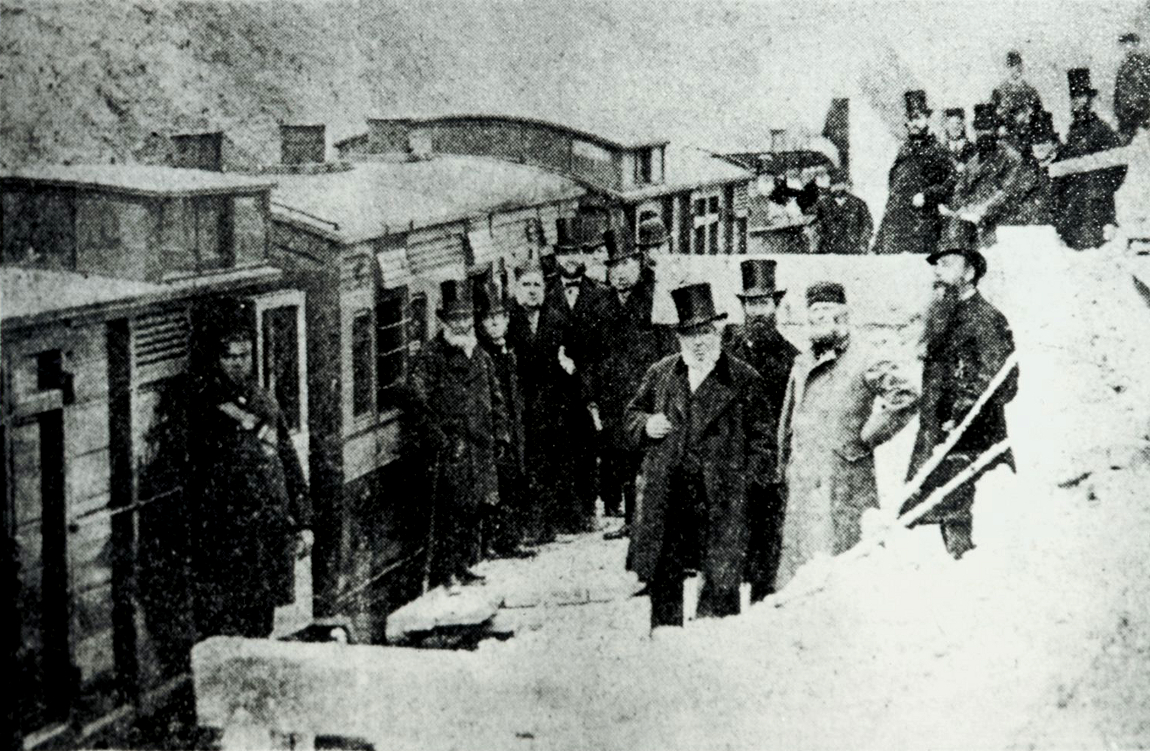
A visibly-uncomfortable Dickens (bottom right) returned to Staplehurst Station after the 1861 accident.
Charles Dickens never forgot his fellow passengers at Staplehurst that fateful day. For the rest of his life, he was haunted by the memories of the dead and dying inside the partially submerged coaches. In 1868, he admitted that, “I have sudden vague rushes of terror, even when riding in a hansom cab, which are perfectly unreasonable but quite insurmountable.” Sadly, Dickens passed away in 1870 just five years after the Staplehurst crash. Exactly five years to the day of the wreck.
[1] Vitz, Paul C. Sigmund Freud’s Christian Unconscious. New York: Guilford Press, 1988; p. 25.
[2] Bergstrom, Janet. Endless Night: Cinema and Psychoanalysis, Parallel Histories. Berkeley: UC Press, 1999; p.161.
[3] Slipp, Samuel. The Freudian Mystique: Freud, Women, and Feminism. New York: NYU Press, 1993; p.72-4.
[4] Dickens, Charles. Letter to Thomas Mitton. 9 Jun 1865.
MORE GREAT STORIES FROM WEEK IN WEIRD:

You may also like...
-
Advertisement
Subscribe for the latest Weird News Delivered Daily!
Join the world’s only mobile paranormal museum!
World’s Weirdest News in your Social Feed!
Latest Stories
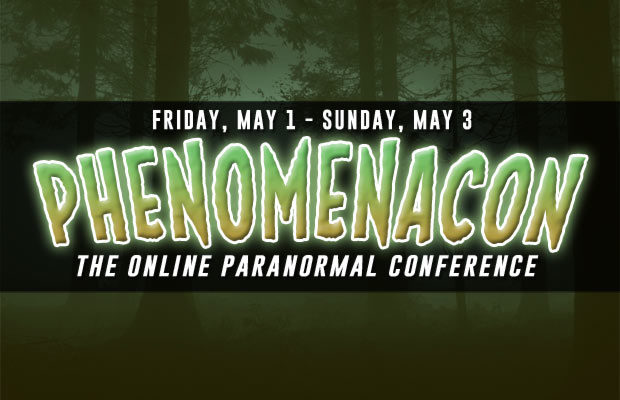
Phenomenacon: Attend the World’s First Online Paranormal Conference, Featuring Your Favorite Paranormal TV Stars
Martin Nelson | 04/22/2020With the onset of a global pandemic causing the shutdown of fan conventions all over the world, it was only a matter of time before the cancellations hit the...
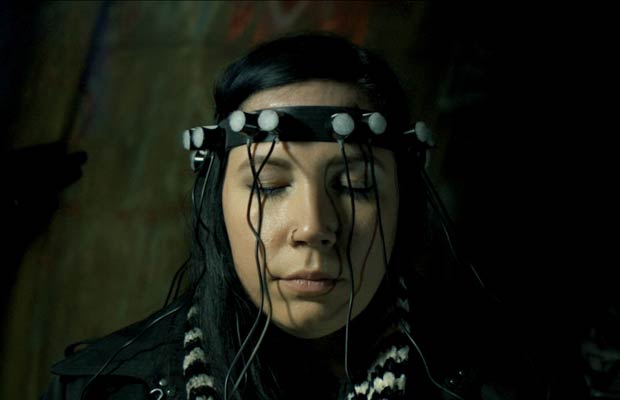
Groundbreaking Paranormal Documentary Series “Hellier” Returns with Ten Haunting Episodes of Appalachian Mystery
Martin Nelson | 11/28/2019There’s something strange moving through Kentucky like a virus, twisting through the Mammoth Cave system and hovering in the skies above the Appalachian Mountains. While might catch glimpses of...

Travel Channel’s “Haunted Salem: Live” Features the “Paranormal Dream-Team” in Live, Four-Hour Ghost Hunt
Martin Nelson | 09/27/2019Travel Channel is kicking off Halloween season on October 4th with a very special live event that brings together more of the network’s top paranormal stars than you can...
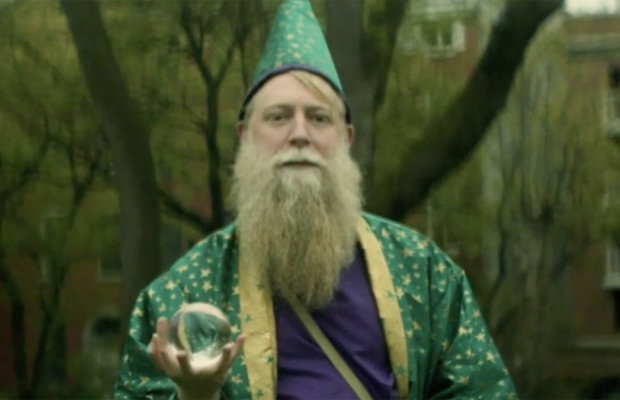
Meet Devin Person, a Real-Life Wizard Who Grants Wishes on the New York City Subway
Greg Newkirk | 06/11/2019For most of us, ignoring the strange people on the subway is second nature, but if you ever find yourself in the tunnels below New York City and you...
Stories from Around the Internet
#PLANETWEIRD ON INSTAGRAM
About Week in Weird
Week In Weird is one of the web's most-visited destinations for all things weird, bringing you the latest fringe news, original articles featuring real investigations into unexplained phenomena, eyewitness reports of encounters with the anomalous, and interviews with notable figures in the fields of extra normal study.
Week In Weird is part of the Planet Weird family, brought to you by the paranormal adventures of Greg Newkirk and Dana Matthews, professional weirdos investigating the unexplained by engaging the strange.
- MORE ABOUT WEEK IN WEIRD
- REPORT A SIGHTING / CONTACT
- ADVERTISE WITH USFOLLOW PLANET WEIRD ON TWITTER
GREG & DANA: INVESTIGATING THE UNEXPLAINED
Content copyright © 2016 Planet Weird unless otherwise noted.

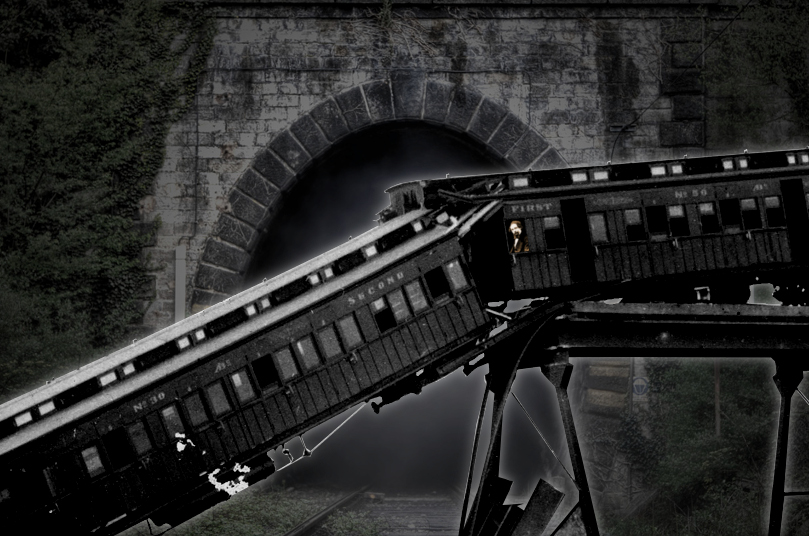

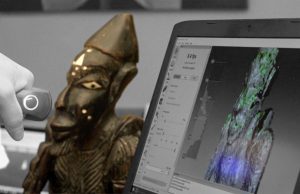
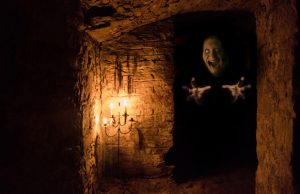


You must be logged in to post a comment Login